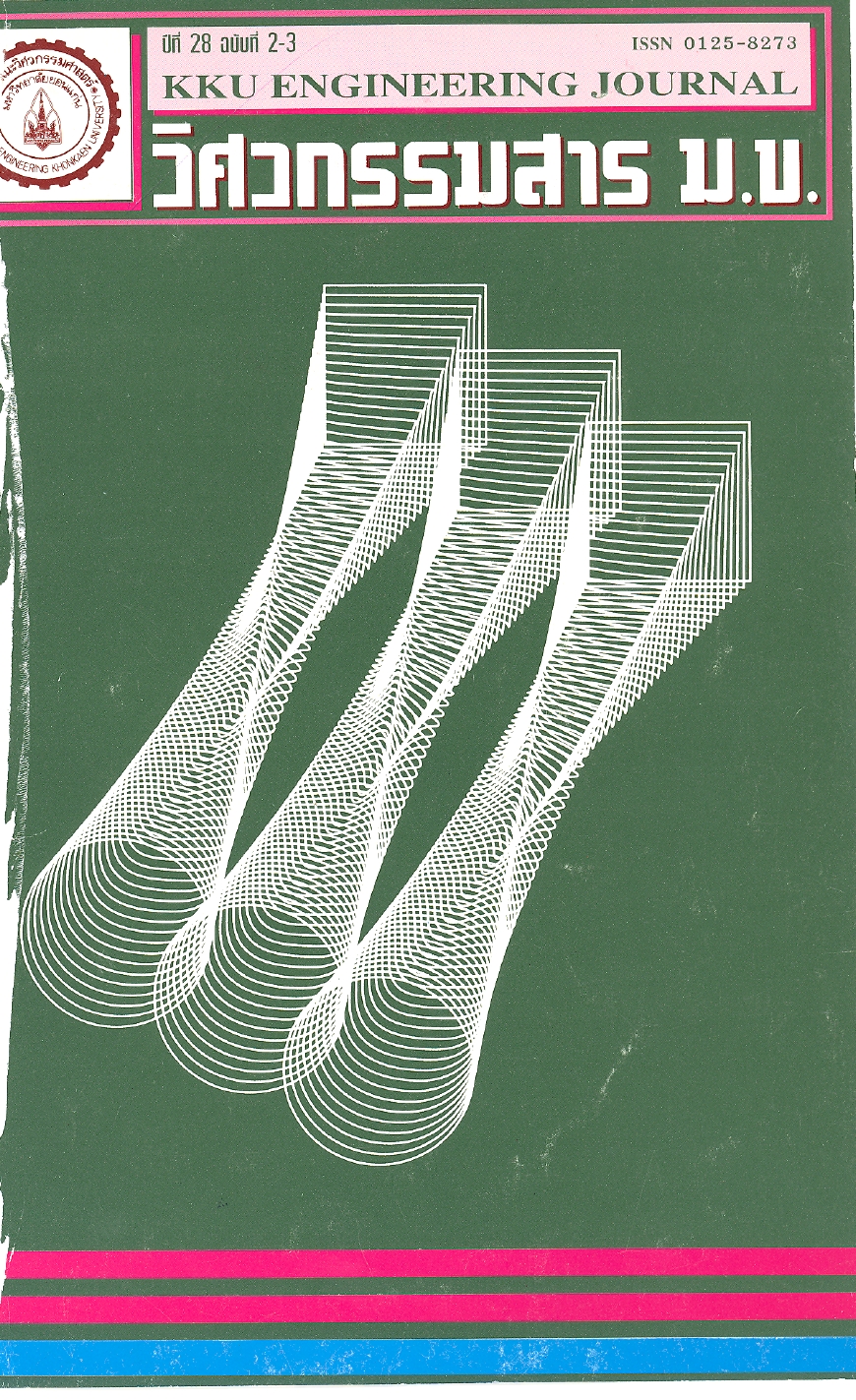Effect of Swine Manure Application on Atrazine Mineralization, Biomass Carbon and Atrazine Degradation
Main Article Content
Abstract
The effect of swine manure application on atrazine degradation and fate was investigated in two soils (Kennebec and Floyd) sites near Treynor and Nashua, IA. The Kennebec soil has a history of continuous corn and continuous atrazine application while the Floyd soil has a history of corn and soybean rotation. The half life of atrazine in Floyd was longer (55 days) than in Kennebec soil (7 days). The biomass carbon in both soils increase up to day 7 then decreased with time. Mineralization of UL-ring-14C atrazine (14CO2 production) was faster in the Kennebec soil than in Floyd soil. Although swine manure increased microbial carbon over time in untreated soils, manure inhibited atrazine mineralization in the Floyd soil. In Kennebec soil, application of manure equivalent to 448 kg N/ha inhibited the atrazine mineralization during the first 35 days of incubation. Nitrogen from the manure may have inhibited cleavage of the atrazine ring. The differences between soils in trazine degradation and mineralization probably resulted from the continuous application history at Treynor site, which may have increased the population of atrazine degrader.
Article Details
This work is licensed under a Creative Commons Attribution-NonCommercial-NoDerivatives 4.0 International License.



